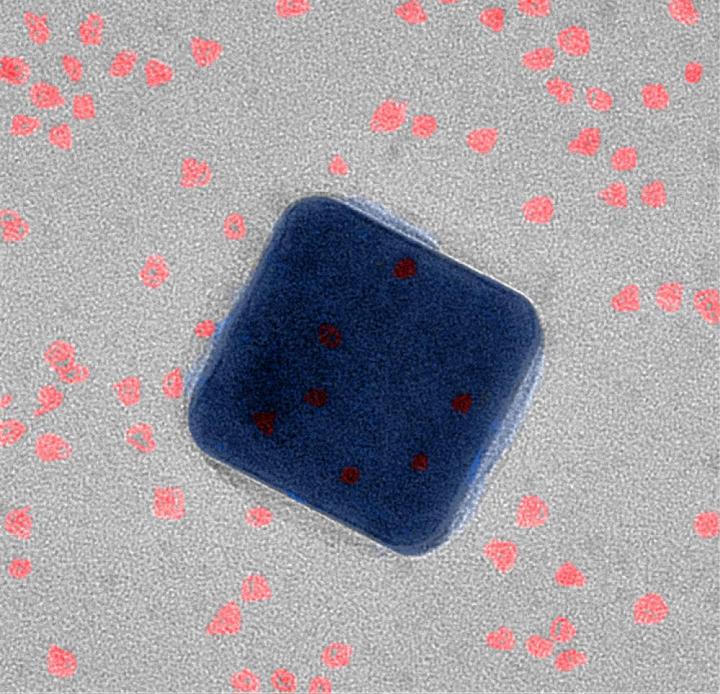An ultrafast light-emitting device of microscopic size capable of turning on and off 90 billion times a second and one that has the potential of bringing quantum computing to reality has been developed by researchers.
A team of researchers from the Pratt School of Engineering, Duke University have developed the so-called plasmonic device wherein semiconductor quantum dots emit light at more than 90 billion gigahertz. This device, researchers say, could some day be used in optical computing chips or for optical communication between traditional electronic microchips.
The study has been published in Nature Communications.
The Basics
Computer processors are getting faster and faster and the building blocks of these data crunching powerhouses – transistors – use electrons to flip on and off billions of times per second. However, in a quest to increase the processing abilities of our computers, researchers posed a question – what if these microchips could use photons instead of electrons to process and transmit data?
The answer led to developing of quantum computing theories wherein computers would become blazing fast with the only limitation the speed of data processing will be constrained by the source of light that would generate the photons need to transfer data in the optical chips or in between two traditional chips.
Engineers have to build light source that can be turned on and off rapidly and to cater to this requirement, they thought of using lasers. However, they are too energy-hungry and unwieldy to integrate into computer chips. This requirement called for development of such a light source that is capable of generating photons at the speed required.
“This is something that the scientific community has wanted to do for a long time,” said Maiken Mikkelsen, an assistant professor of electrical and computer engineering and physics at Duke. “We can now start to think about making fast-switching devices based on this research, so there’s a lot of excitement about this demonstration.”

CREDIT
Maiken Mikkelsen, Duke University
Plasmonics
The new speed record was set using plasmonics. When a laser shines on the surface of a silver cube just 75 nanometers wide, the free electrons on its surface begin to oscillate together in a wave. These oscillations create their own light, which reacts again with the free electrons. Energy trapped on the surface of the nanocube in this fashion is called a plasmon.
The plasmon creates an intense electromagnetic field between the silver nanocube and a thin sheet of gold placed a mere 20 atoms away. This field interacts with quantum dots — spheres of semiconducting material just six nanometers wide — that are sandwiched in between the nanocube and the gold. The quantum dots, in turn, produce a directional, efficient emission of photons that can be turned on and off at more than 90 gigahertz.
“There is great interest in replacing lasers with LEDs for short-distance optical communication, but these ideas have always been limited by the slow emission rate of fluorescent materials, lack of efficiency and inability to direct the photons,” said Gleb Akselrod, a postdoctoral research in Mikkelsen’s laboratory. “Now we have made an important step towards solving these problems.”
“The eventual goal is to integrate our technology into a device that can be excited either optically or electrically,” said Thang Hoang, also a postdoctoral researcher in Mikkelsen’s laboratory. “That’s something that I think everyone, including funding agencies, is pushing pretty hard for.”
The group is now working to use the plasmonic structure to create a single photon source — a necessity for extremely secure quantum communications — by sandwiching a single quantum dot in the gap between the silver nanocube and gold foil. They are also trying to precisely place and orient the quantum dots to create the fastest fluorescence rates possible.
Aside from its potential technological impacts, the research demonstrates that well-known materials need not be limited by their intrinsic properties.
“By tailoring the environment around a material, like we’ve done here with semiconductors, we can create new designer materials with almost any optical properties we desire,” said Mikkelsen. “And that’s an emerging area that’s fascinating to think about.”
